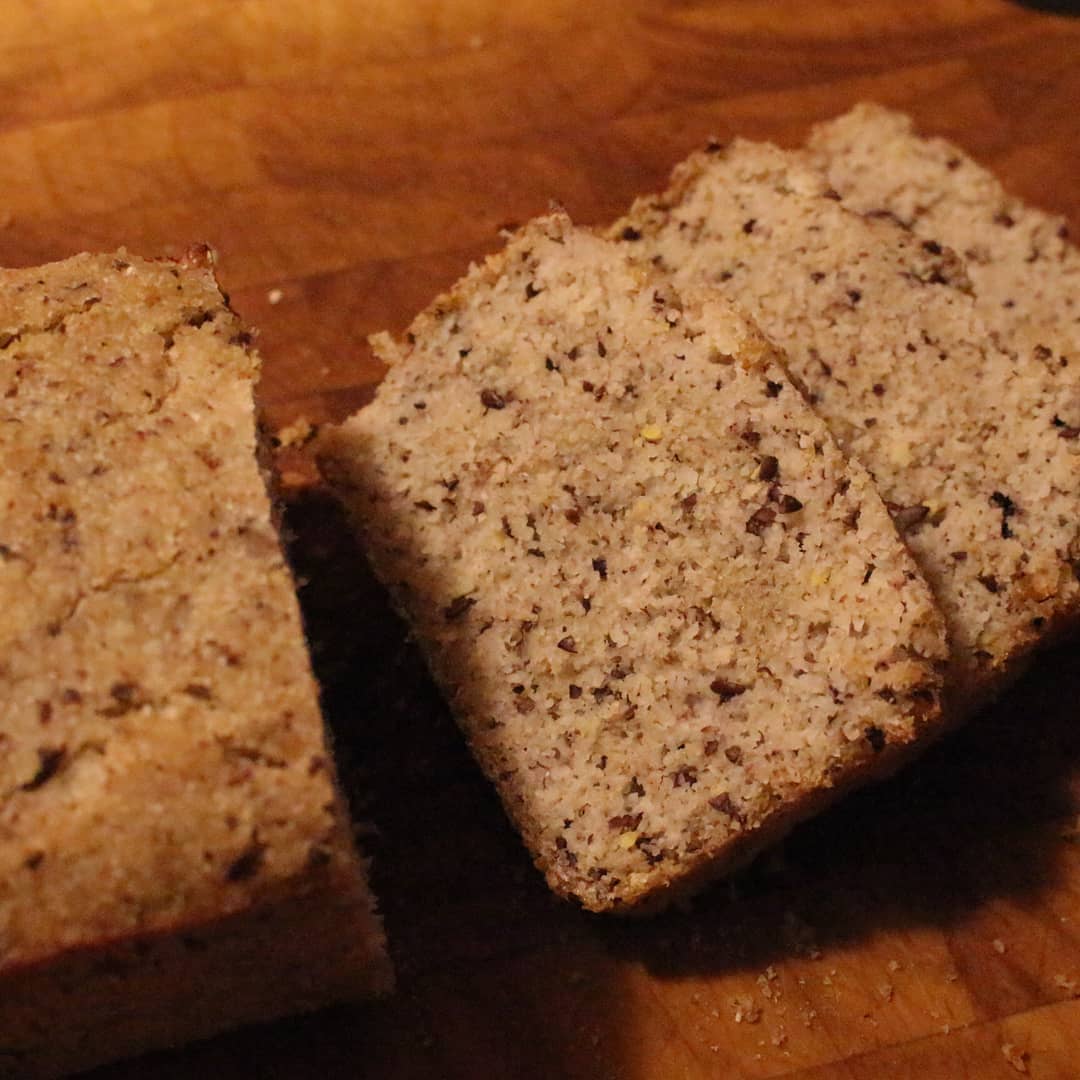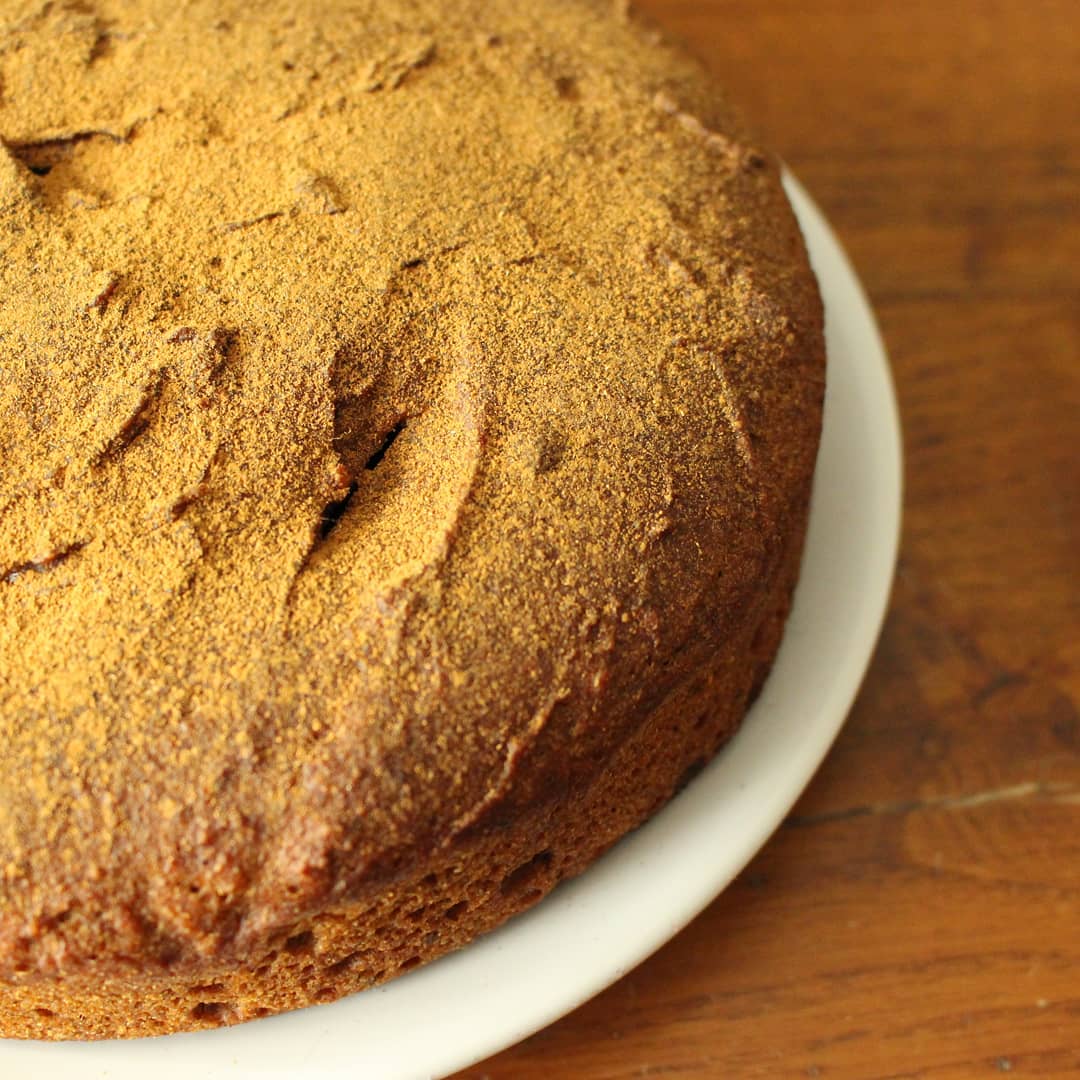I’ve just flaked some whole oats, and here I’m sieving them to remove the crumbly, dusty bits. I’ll use those crumbly bits (you can just see them in the bowl underneath) to make sowans, the Scottish oat ferment. I’ll then use the oats remaining in the sieve for fermented porridge (more pics in my stories today showing the method). . Can you tell I love oats? Whether it’s simple porridge or delicious sowans, they are a staple in my kitchen. Always have been. I don’t know if it’s linked to the fact that my genealogy is northern European, or whether it’s just that oats taste great and are so satisfying (they’ve got more fat than most grains, so fill you up for longer). . If you’re interested in getting started with oat fermentation check out the video linked in my profile, where I walk you through how to fermented rolled oats. . Know someone who’d love to do some adventurous oat fermentation over the holidays? I have a course on sowans, the Scottish oat ferment over at @thefermentationschool and they have a fab Christmas offer: 20% off all gifted courses. Check out the video on their home page and use the code GIFTLEARNING.
I’ve just flaked some whole oats, and here I’m sieving them to remove the crumbly, dusty bits. I’ll use those crumbly bits (you can just see them in the bowl underneath) to make sowans, the Scottish oat ferment. I’ll then use the oats remaining in the sieve for fermented porridge (more pics in my stories today showing the method).
.
Can you tell I love oats? Whether it’s simple porridge or delicious sowans, they are a staple in my kitchen. Always have been. I don’t know if it’s linked to the fact that my genealogy is northern European, or whether it’s just that oats taste great and are so satisfying (they’ve got more fat than most grains, so fill you up for longer).
.
If you’re interested in getting started with oat fermentation check out the video linked in my profile, where I walk you through how to fermented rolled oats.
.
Know someone who’d love to do some adventurous oat fermentation over the holidays? I have a course on sowans, the Scottish oat ferment over at @thefermentationschool and they have a fab Christmas offer: 20% off all gifted courses. Check out the video on their home page and use the code GIFTLEARNING.










